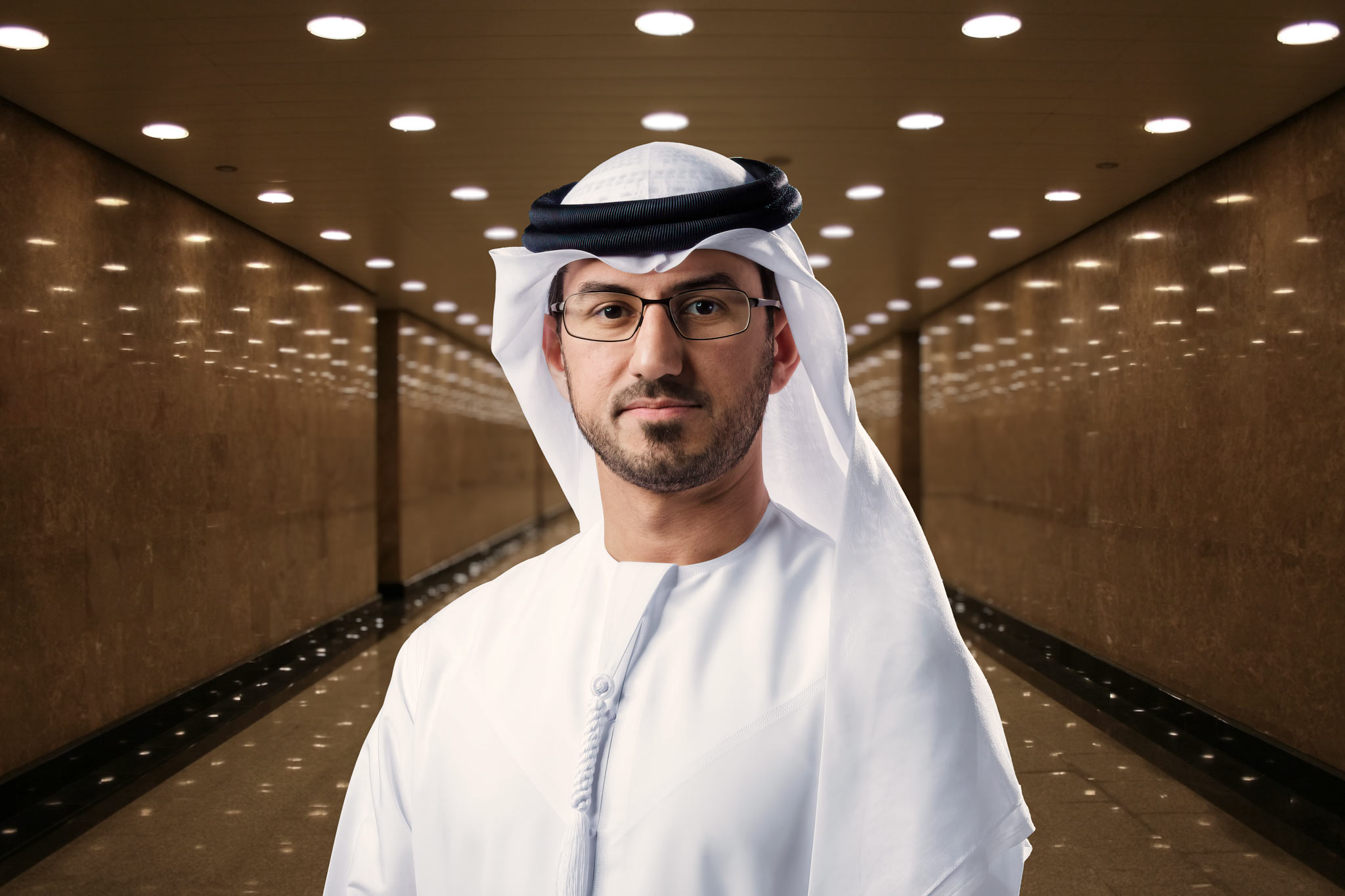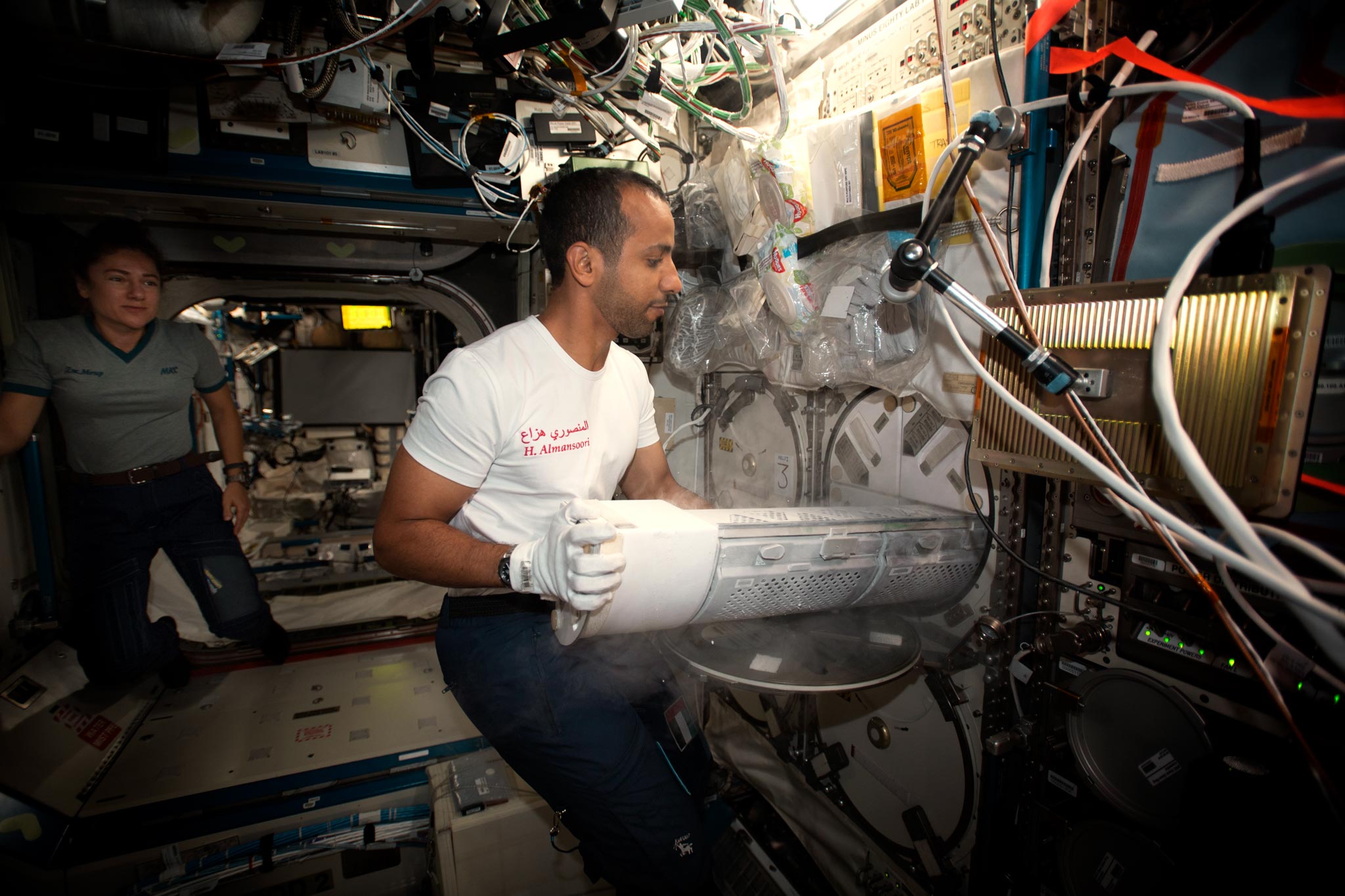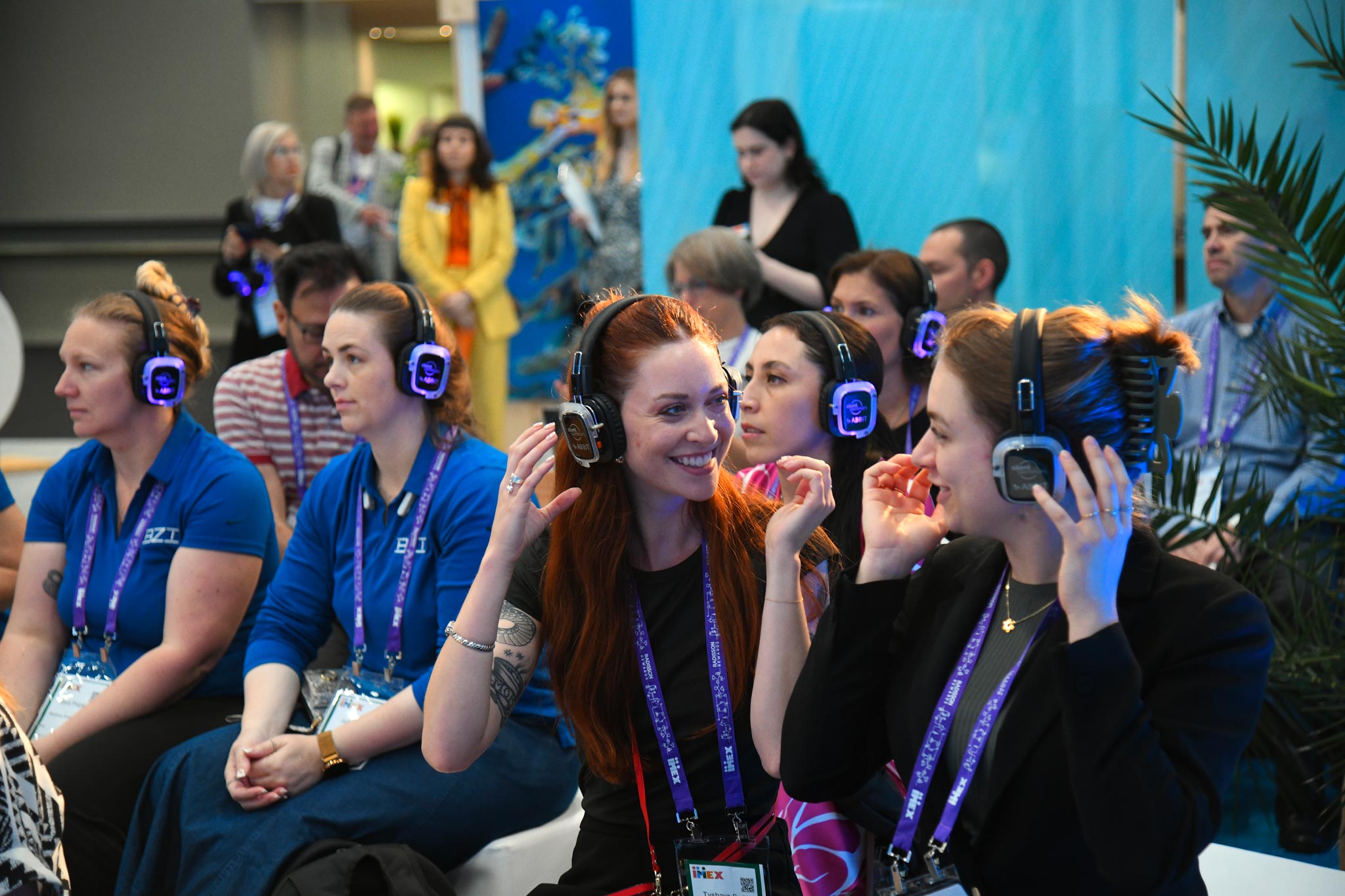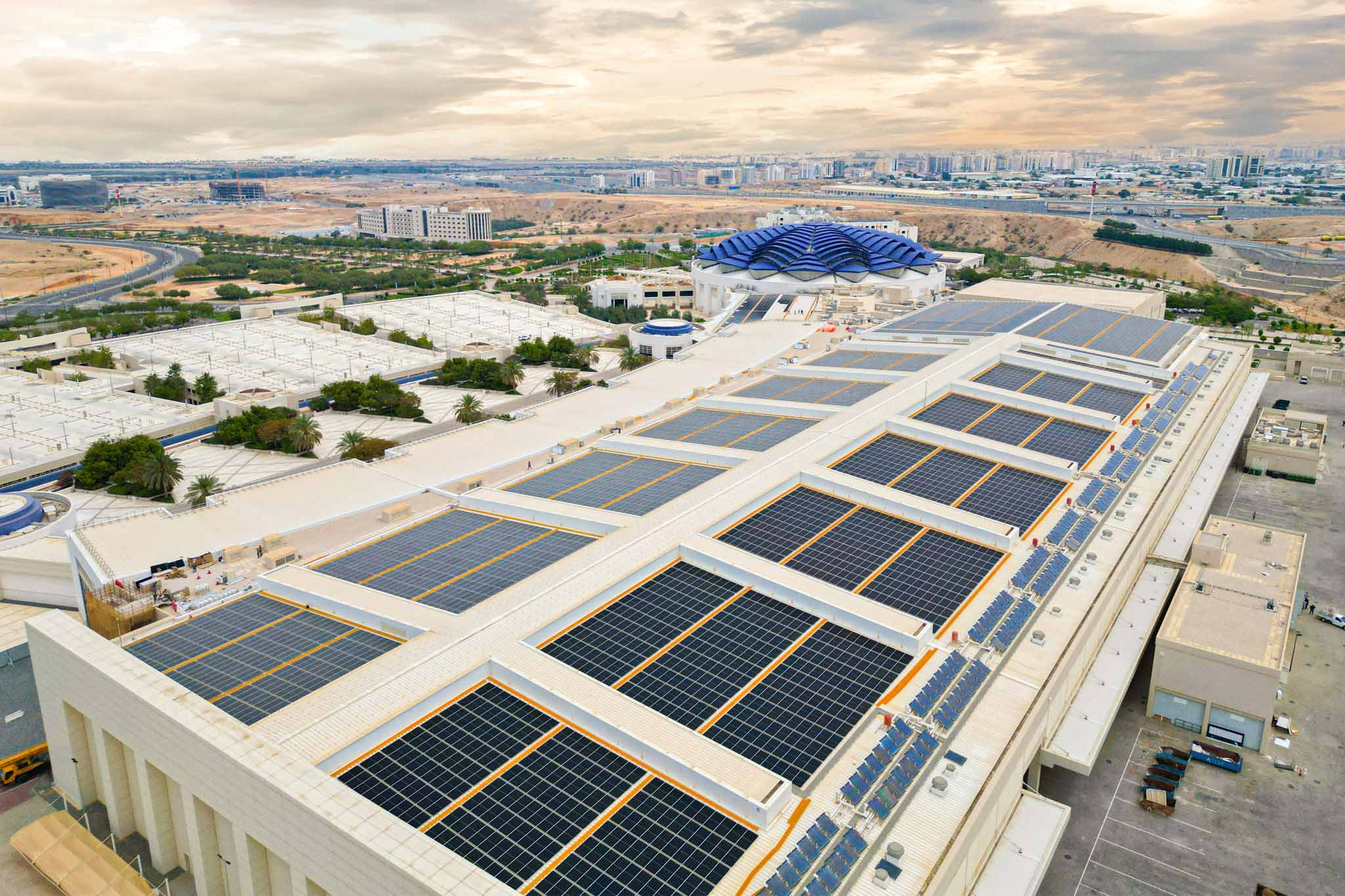The United Arab Emirates’ national space programme is developing glacially, showing significant progress and ambitious projects to increase humanity’s understanding of space. As of 2024, the United Arab Emirates, UAE, has made significant progress by announcing its participation in developing a module on NASA’s Lunar Space Station Gateway in collaboration with the United States, Japan, Canada and the European Union. The Mohammed Bin Rashid Space Centre, MBRSC, is leading the development of the Emirates Airlock, which will serve as a critical component of the space station and send the first Emirati astronaut into lunar orbit.
“The space centre is also working on MBZ-SAT, the second satellite developed entirely by a team of Emirati engineers after Khalifa Sat. With its significant technological advances, MBZ-SAT will provide highly advanced services and is one of the world’s most advanced satellites. The MBZ-SAT project, the fourth Earth observation satellite, is unique in that it will rapidly provide high-precision data to end users, allowing them to develop advanced solutions and applications and provide them to decision-makers promptly,” says Adnan Al-Rais, Deputy Director General of the Space Operations and Exploration Sector MBRSC.
The UAE has also made significant progress in expanding its astronaut cadre with the second round of the UAE Astronaut Programme; Nora Al Matrooshi and Mohammad Al Mulla recently graduated from the 2021 NASA Astronaut Candidate Class training programme. The milestone marks the culmination of over two years of extensive training, which began in January 2022 and makes them fully qualified astronauts ready for future space missions.
The development illustrates the UAE’s growing influence and involvement in space exploration. It underlines the country’s role in the international space endeavour and its commitment to contribute valuable scientific knowledge and technology. When considering the development of the UAE’s space programme, several strategic issues stand out:
Strategies are being implemented to promote innovation and technological development across the space sector. The critical goal is to encourage research, development, and collaboration with international space organisations and private sector partners.
Developing training programmes, offering competitive opportunities and creating an appealing work environment are vital to building a skilled workforce. Therefore, the best talent must be attracted to the aerospace sector. Addressing these issues is critical to the continued success and development of the UAE’s space exploration efforts.
“Strategies are being implemented to promote innovation and technological development across the space sector”
The UAE’s three main focuses in terms of its space programmes as a whole are:
Satellite development The UAE has made significant progress in satellite technology, with the development and operation of Earth observation satellites such as DubaiSat-1, DubaiSat-2 and KhalifaSat, the first satellite built entirely by Emiratis. Currently, the Mohammed Bin Rashid Space Centre is focusing on the development of MBZ-SAT, which, when launched, will be the most advanced commercial satellite in the region in terms of high-resolution satellite imagery.
The centre has also started work on the HCT-Sat 1 project, an Earth observation CubeSat, in collaboration with the Higher Colleges of Technology.
Human spaceflight The UAE’s astronaut programme is an integral part of the UAE’s space endeavours, with four astronauts in the programme and two who have completed missions to the International Space Station (ISS), including the first Zayed’s Ambition mission conducted by Hazzaa Al Mansoori and the most extended Arab space mission in history conducted by HE Dr Sultan Saif Al Neyadi. The astronauts from the programme’s second round, Nora Al Matrooshi and Mohammad Al Mulla, recently graduated from the 2021 NASA Astronaut Candidate Class training programme and received their astronaut pins, establishing them as fully qualified astronauts ready for future space missions.
Lunar Exploration The UAE is developing a module on NASA’s Gateway Lunar Space Station with the United States, Japan, Canada, and the European Union, and it is sending the first Emirati astronaut into lunar orbit as part of the project. The UAE is contributing to the development of Emirates Airlock, which aims to strengthen the country’s global presence in space science and technology. The UAE will develop the Emirates Airlock, the crew and science airlock module of the first human space station in lunar orbit. The Emirates Airlock will allow astronauts to enter and exit the Gateway to conduct spacewalks, enable crew and scientific research transfers to and from the space station, and serve as an additional docking port for arriving spacecraft. As part of the Emirates Lunar Mission, a new lunar robot, Rashid 2, is also being developed to take the UAE to the lunar surface.
The UAE’s vision for space development is based on its desire to be at the forefront of space exploration and technology, to contribute significantly to the global understanding of space, and to promote a knowledge-based economy. The nation wants to inspire the next generation of scientists, engineers and space explorers by pushing the limits of human knowledge and technological capabilities.
“Through ambitious projects like the Hope Probe, the Emirates Lunar Mission and participation in the Gateway Lunar Space Station, the UAE wants to expand humanity’s presence in space, improve our understanding of the universe and develop technologies that can benefit life on Earth. This vision emphasises scientific and technological progress and the importance of international cooperation, sustainability and peaceful use of outer space,” says Adnan Al-Rais.




